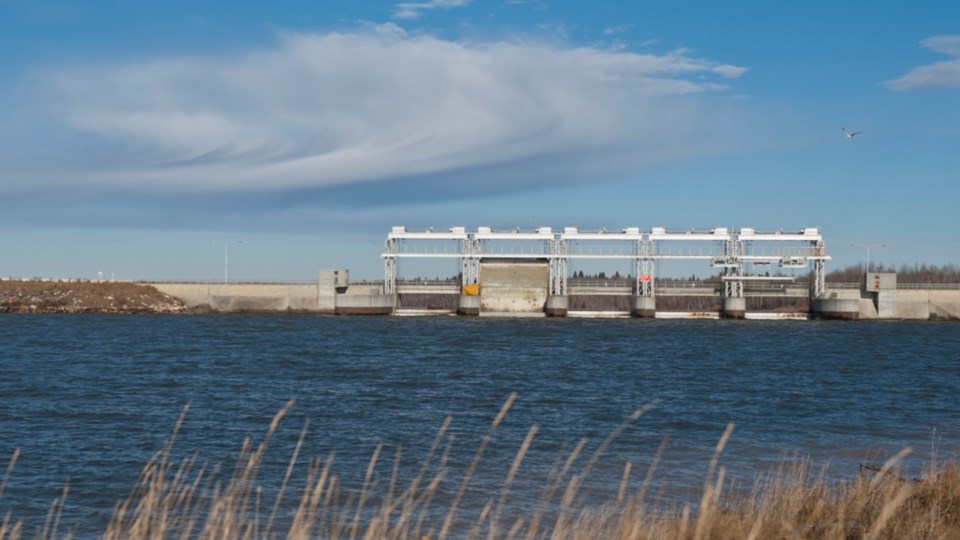CUMBERLAND HOUSE — Cumberland House, with support from the Métis Nation-Saskatchewan (MN-S) and the Cumberland House Cree Nation, has declared a state of emergency, stating that there is not enough water available to fill their community’s reservoir for the coming winter.
The reservoir is the only source of clean drinking water for the Cumberland House community. It is fed by Big Stone River, part of the Saskatchewan River system. A statement sent by the MN-S said the river has stopped flowing due to low watershed levels.
On Oct. 18, the community of Cumberland House only had sufficient water to last four weeks.
A spokesperson from the provincial government said that in the short-term, it has added pumping capacity. They expect the reservoir will be full by this weekend, providing approximately three months of water storage. Additional sources are being considered to ensure that water is available to the village until spring 2024 and beyond.
Métis Nation-Saskatchewan and the Cumberland House Cree Nation said in their statement that low water has made it hard to navigate the Saskatchewan River delta and affected the local ecosystem, impacting their treaty right to hunt, trap, fish and gather traditional medicines.
They said the water crisis in the Saskatchewan River delta is not only due to drought conditions, but also due to hydroelectric development on the Saskatchewan River.
"This ongoing situation we are facing is a result of complete negligence from SaskPower, Water Security Agency and the Saskatchewan Government," said Acting Cumberland House Mayor Veronica Favel. "Along with the municipality not having access to freshwater, wildlife and our traditional medicines are at risk of being lost. Continuously we have felt this impact."
According to the statement from MN-S, the E.B. Campbell Dam has interrupted the natural water cycles of the delta, starving the flora and fauna of
essential nutrients and moisture.
"The longer E.B. Campbell Dam is allowed to continue operating in its current state, conditions affecting Cumberland House and the Saskatchewan River Delta will worsen."
The provincial government disagreed, saying that it's not the E.B. Campbell Dam causing the lack of water, but the low water levels across the entire Saskatchewan River system due to a significant lack of precipitation and very low mountain run-off levels. They added there's no ability to use water from Tobin Lake or Lake Diefenbaker to improve water levels near Cumberland House in the short-term.
The E.B. Campbell Dam went into service in 1963, before the federal or provincial governments required environmental assessments. In 1986, it was granted a 50-year licence dated retroactively to its first day of operation. No environmental assessment was done at that time, nor was one conducted when the Francois-Finlay Dam went into service in 1985.
A working group made up of Cumberland House, government ministries/agencies, Métis Nation–Saskatchewan and other interested parties has been formed to recommend viable long-term water supply solutions for the village, the province said.
"The Nation’s struggle for access to water is a stark reminder of the urgent need for the co-development of sustainable water management policies, informed by local Indigenous knowledge," said Cumberland House Cree Nation Chief Rene Chaboyer.




